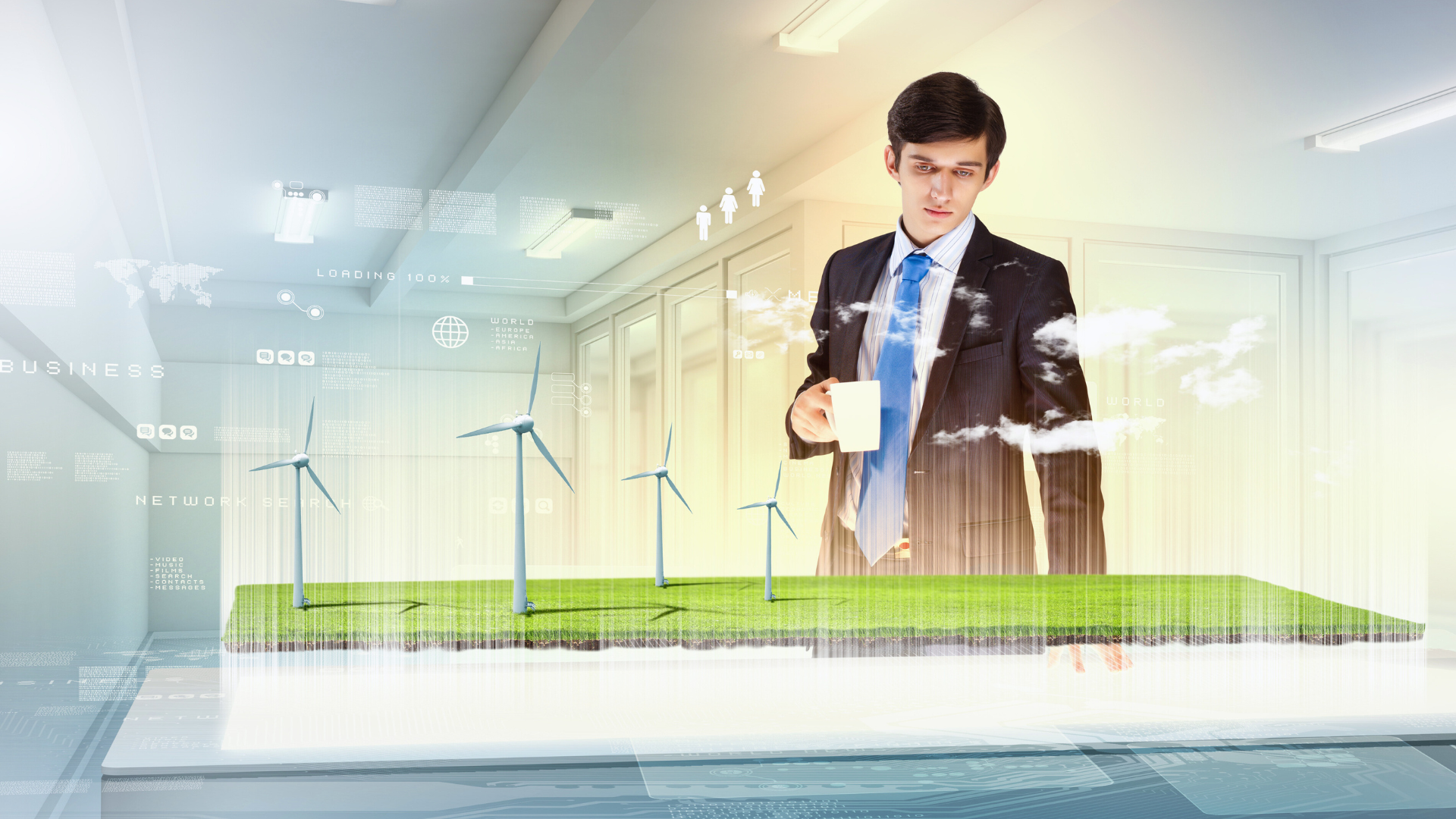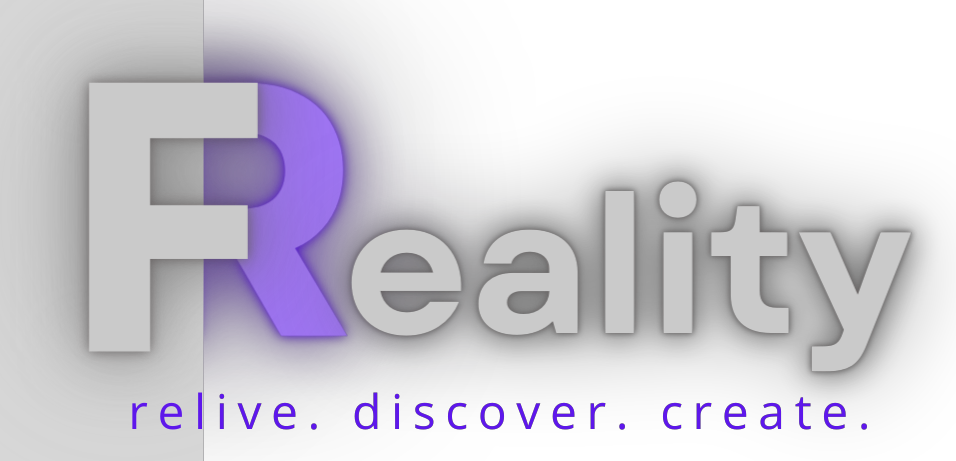

Urban living is undergoing a transformative shift as technology increasingly integrates with the natural environment. Innovations such as vertical gardens, smart irrigation systems, and urban beekeeping initiatives demonstrate a commitment to sustainability while enhancing the quality of life for city dwellers. These advances not only reduce the carbon footprint but also create a harmonious balance between nature and urban development.
City planners and tech developers are collaborating to design green spaces that serve both ecological and recreational purposes. Solutions like biophilic architecture encourage biodiversity in heavily populated areas, giving residents access to nature without leaving the urban landscape. This new approach nurtures a sense of community and promotes wellness within the urban fabric.
As cities face the challenges of pollution and resource depletion, technology offers fresh perspectives and tools to address these issues. By merging innovative tech with nature-focused strategies, urban environments can become more resilient and sustainable. This blend is essential for creating thriving ecosystems that support both wildlife and the urban population.
Innovative Technologies Transforming Urban and Natural Spaces
Technological advancements are reshaping the dynamics between urban settings and natural environments. Innovations in smart infrastructure, biophilic design, and sustainable practices are bringing nature into cities, enhancing both livability and ecological balance.
Smart City Infrastructure and Urban Ecosystems
Smart cities utilize data analytics to optimize urban infrastructure and manage resources efficiently. This approach enhances urban ecosystems by integrating sensors and IoT devices into city planning. For example, smart traffic systems can reduce congestion and improve air quality.
Additionally, monitoring systems can track environmental metrics, such as temperature, humidity, and pollution levels. This data enables city planners to create adaptive strategies for managing green spaces and maintaining biodiversity.
Urban infrastructure also includes green roofs and vertical gardens. These elements support biodiversity, improve aesthetic value, and contribute to better air quality by filtering pollutants.
Biophilic Design and Green Architecture
Biophilic design focuses on connecting people with nature within urban environments. This approach incorporates natural elements into architecture, creating spaces that promote well-being. Buildings with large windows, indoor gardens, and water features provide residents with a visual and sensory connection to the outdoors.
Green architecture emphasizes sustainability through the use of eco-friendly materials and technologies. Solar panels, rainwater harvesting systems, and energy-efficient HVAC systems are increasingly common. These features not only reduce environmental impact but also lower operating costs for residents and businesses.
Furthermore, biophilic design can be applied to public spaces, enhancing urban parks and plazas. The integration of natural landscapes encourages social interaction and community engagement, fostering a vibrant urban ecosystem.
Technological Solutions for Sustainable Urbanization
Technological solutions play a crucial role in promoting sustainable urbanization. Innovations such as smart grids and energy-efficient public transport systems help reduce carbon footprints in cities. Integration of electric vehicles and bike-sharing programs encourages greener transportation options.
Waste management technologies also contribute to sustainable urban practices. Advanced recycling systems and composting initiatives minimize landfill contributions and promote circular economies.
Moreover, urban planning increasingly incorporates algorithms and modeling tools to predict growth patterns and resource needs. These tools support sustainable development, ensuring that urban expansion does not compromise biodiversity or natural surroundings.
Together, these technologies create urban environments that are adaptive, sustainable, and in harmony with nature.
Integrating Nature Into Urban Environments
Cities are increasingly adopting strategies to weave natural elements into the urban fabric. Approaches like green roofs, community gardens, and green corridors not only enhance aesthetics but also contribute to biodiversity, sustainability, and community engagement. In order to understand the impact of integrating nature within these urban spaces methodologies like life cycle assessment or life cycle sustainability assessment comes in handy. It helps with the understanding of the environmental impact of these innovations. This includes raw material extraction, production, use, and disposal.
By examining each stage, developers and planners can identify environmental hotspots and make informed decisions to reduce their overall footprint. These assessments help businesses make decisions that genuinely improve sustainability outcomes.
Green Roofs and Rooftop Gardens
Green roofs serve multiple functions, from reducing heat accumulation to improving air quality. They consist of vegetation planted on a rooftop, supported by a specially designed soil system.
These spaces can reduce energy costs by providing insulation and minimizing the need for air conditioning. Rooftop gardens also serve as a habitat for various species, supporting urban biodiversity.
Plants chosen for these gardens are typically low-maintenance and drought-resistant, which reduces the need for additional water resources. This innovative approach allows urbanites to enjoy greenery while maximizing underutilized spaces.
Community Gardens and Urban Farming
Community gardens offer residents the chance to cultivate food and promote organic practices within urban areas. These shared spaces foster community engagement, education, and cooperation among residents.
Urban farming initiatives often prioritize the use of organic materials and sustainable techniques. They enable residents to access fresh produce, further enhancing local food systems.
Such gardens can also positively impact mental health by providing a calm environment and a sense of accomplishment. In densely populated areas, they serve as essential green spaces that enhance neighborhood well-being.
Green Corridors and Public Green Spaces
Green corridors connect various parks and green spaces throughout cities. These pathways are essential for wildlife movement and contribute to urban biodiversity.
Integrating trees, plants, and native flora within city infrastructure encourages ecological balance and recreational opportunities. Areas designated as public green spaces can serve as venues for community activities, events, and gatherings.
Green corridors often include pedestrian-friendly designs, facilitating walking and biking. They can mitigate urban heat effects and improve air quality, making cities more livable and enjoyable.
Water Features and Natural Landscaping
Incorporating water features into urban environments creates calming spaces that enhance biodiversity. Ponds, streams, and fountains not only serve aesthetic purposes but also support aquatic plants and wildlife.
Using natural landscaping principles can further improve these settings. Native plants require less water and provide habitats for local fauna.
Water management becomes more efficient with features like bioswales and rain gardens. These elements help manage stormwater runoff and filter pollutants, significantly enhancing urban ecological health. Urban planners increasingly recognize the benefits of integrating water features to promote sustainability and beauty.
Environmental and Social Impact of Blending Nature With Cities
Integrating nature within urban spaces has substantial environmental and social ramifications. These innovations promote sustainability, enhance air quality, and improve the overall well-being of urban residents.
Sustainability and Energy Efficiency Initiatives
Blending nature with urban environments fosters sustainability through various initiatives. Green roofs, for example, provide insulation, reducing the need for heating and cooling. This lowers energy bills and advances renewable energy use.
Incorporating native plants in landscaping minimizes water consumption and maintenance. This approach diminishes the overall carbon footprint of cities. Urban gardens and vertical farming further enhance local food production, reducing reliance on transportation and emissions.
The inclusion of permeable surfaces in city planning aids in stormwater management, helping to avoid urban flooding and pollution. Communities benefit from more resilient infrastructure as a result of these sustainable practices.
Improving Air Quality and Reducing Urban Heat Islands
Urban heat islands amplify temperatures in cities, significantly impacting air quality. Incorporating greenery, such as trees and parks, can mitigate this effect by providing shade and cooling the air.
Plants naturally absorb carbon dioxide and other pollutants, improving air quality for residents. They release oxygen and contribute to a healthier atmosphere. Increased green spaces also help dissolve particulate matter, reducing respiratory issues and improving public health.
Cities employing urban forestry initiatives have reported lower temperatures and enhanced air quality. These programs reduce reliance on air conditioning, further diminishing energy use and emissions.
Enhancing Health, Well-being, and Social Connections
The integration of nature within urban settings significantly impacts residents’ health and mental well-being. Research shows that green spaces promote physical activity, reducing obesity rates and related health issues.
Access to parks and community gardens fosters social connections among residents, creating a sense of belonging and improving mental health outcomes. Community spaces provide opportunities for interaction, which can alleviate feelings of isolation.
Moreover, exposure to nature has been linked to lower stress levels and improved mood. These benefits contribute not only to individual well-being but also to a vibrant community spirit, enhancing the quality of life for urban dwellers.
Case Studies and Future Directions in Tech-Enhanced Urban Nature
Tech-enhanced urban nature offers a blend of innovative design and environmental stewardship. Successful projects demonstrate how cities can integrate green infrastructure into urban life, while emerging trends highlight future opportunities in sustainable city living. Challenges persist, but solutions are developing to scale these initiatives effectively.
Successful Urban Renewal and Green Infrastructure Projects
Bosco Verticale in Milan is a prime example of successful urban renewal through green architecture. This residential project features vertical forests that improve air quality and biodiversity while enhancing property values. In Montreal, similar initiatives have transformed concrete spaces into vibrant green areas.
New York City has also embraced green infrastructure with projects like the High Line, a former railway transformed into a public park. These urban spaces promote community engagement and tourism, showcasing how greenery can revitalize urban centers while improving the urban experience.
Emerging Trends and Opportunities for Smart, Green Cities
With the rise of smart city startups, urban areas are increasingly adopting technology that enhances green living. Innovations in energy management, smart transport systems, and waste management contribute to sustainability goals.
Demographic shifts toward urban living create a demand for eco-friendly solutions. Cities can leverage technology to develop more efficient public transport and reduce emissions. This integration of smart solutions can foster healthier urban environments and improve residents’ quality of life.
Challenges and Solutions for Scaling Sustainable Practices
Despite progress, challenges remain in implementing scalable, sustainable practices. Limited funding and bureaucratic hurdles can hinder innovation.
Cities must focus on community engagement to ensure public support for green initiatives. Leveraging partnerships with private enterprises and utilizing technology can provide the needed resources. Collaborative efforts can address infrastructure deficits and create sustainable urban environments that benefit residents and the environment alike.
